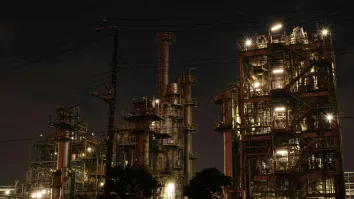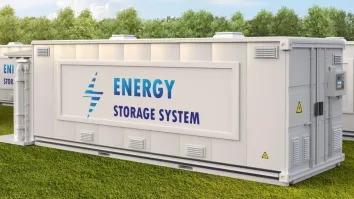Water risks cost coal industry billions in losses
Intensified climate impacts drive financial, operational challenges.
The coal industry faces escalating financial and operational challenges due to increased water-related risks, with severe weather events and water scarcity driving significant losses and disruptions, according to Anne Knight, Lead Analyst of Coal Industry at IEEFA Australia.
"The largest risk to investors currently is the impact that flooding and severe weather events are having on coal mining operations," Knight stated, emphasising the dire financial implications. In 2022 alone, adverse weather conditions led to a reduction of over 20 million tons in coal production, equating to at least $5 billion in lost coal sales in Australia.
Additionally, the ongoing drought and rising competition for water in critical mining regions are compounding these challenges. According to Knight, coal mines in New South Wales and Queensland, which are concentrated in a few select basins, face high competition for reliable water supply. This has resulted in dramatic spikes in water prices during shortages, further squeezing the industry's profitability.
"Our findings indicate that the price of water entitlements across New South Wales has increased by 17% between 2021 and 2023," Knight revealed. In Queensland's Fitzroy basin, where approximately 80% of the state's coal mines operate, the cost for high reliability water entitlements has tripled, with some instances of prices reaching six figures.
The repercussions of these water-related issues extend beyond financial losses. Illegal water usage within the industry has also been a significant problem, with at least 12 billion litres of water taken without proper licensing, resulting in $9 million in fines to coal mining operators. "These incidents of non-compliance exacerbate the financial strain on the sector, adding millions in legal fees and mandatory cleanup costs," Knight added.
Community opposition is another growing concern that influences investor decisions and industry operations. "Community opposition has led to delays and rejections of coal mining applications," Knight explained. The main community concerns centre around the environmental impacts of coal mining on groundwater and surface water resources, which can lead to depletion and contamination. For instance, the Narrabri expansion project in New South Wales was delayed due to issues identified with the project’s potential impact on groundwater.
Knight also highlighted the hefty penalties for water contamination, which have significantly impacted the industry's financial health. "There have been at least 69 water contamination events from the coal industry, leading to $7.6 million in financial penalties," she said. The maximum penalty for a tier one offence in New South Wales can reach up to $5 million, underscoring the severe financial repercussions for non-compliance.



















 Advertise
Advertise






